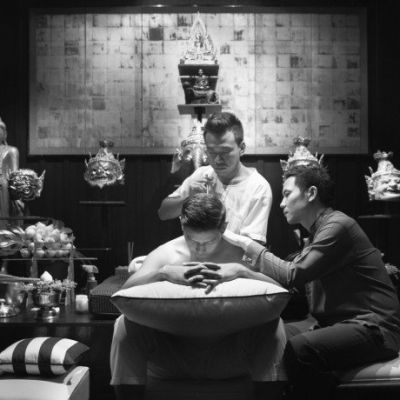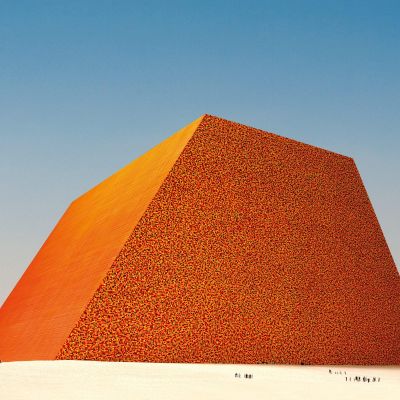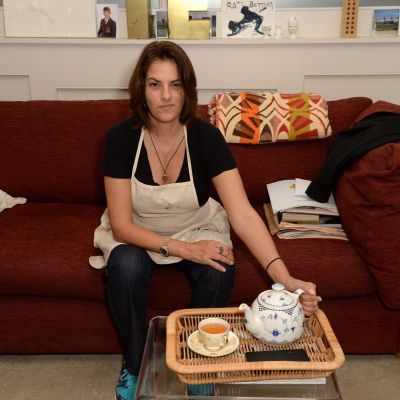Next Level
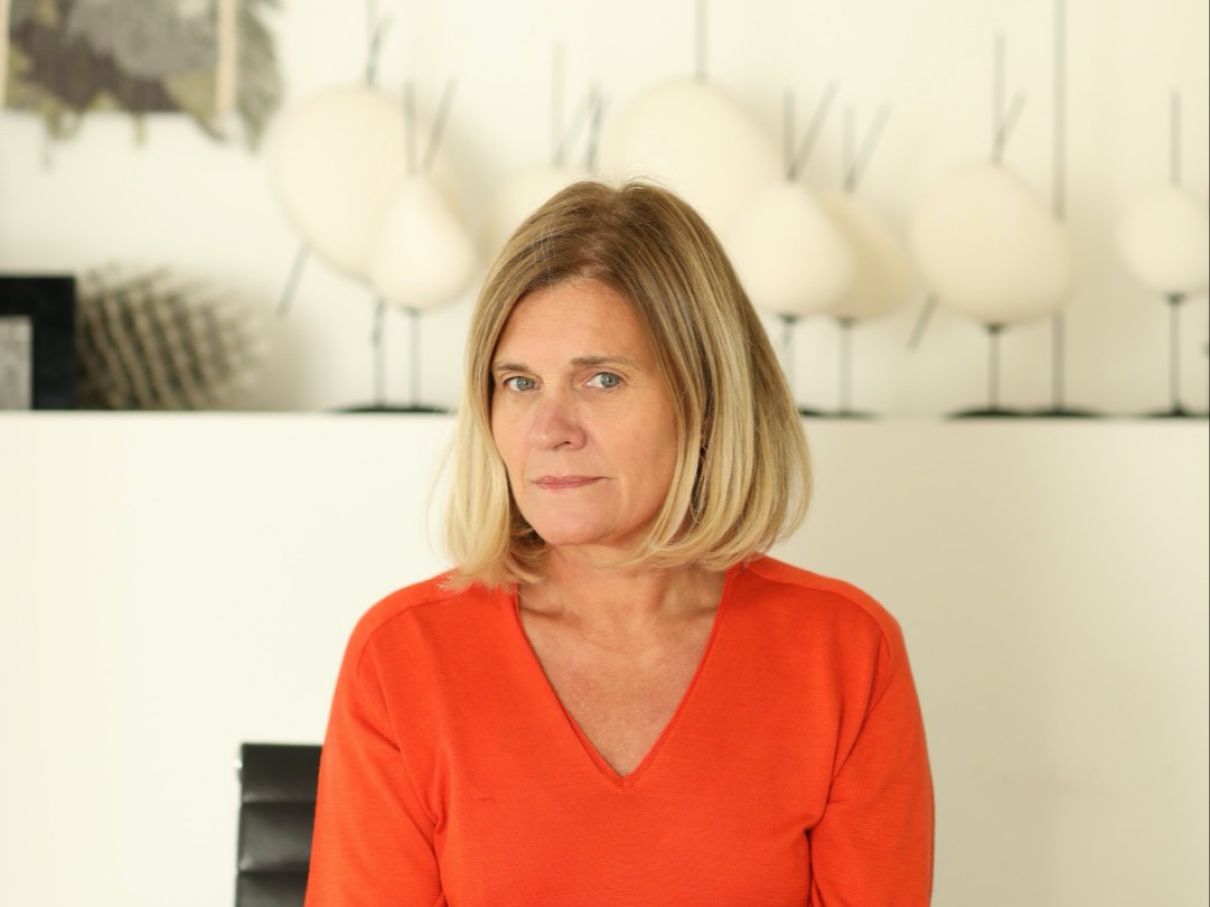
Furniture designer Valérie Maltaverne is tireless in her pursuit of perfection.
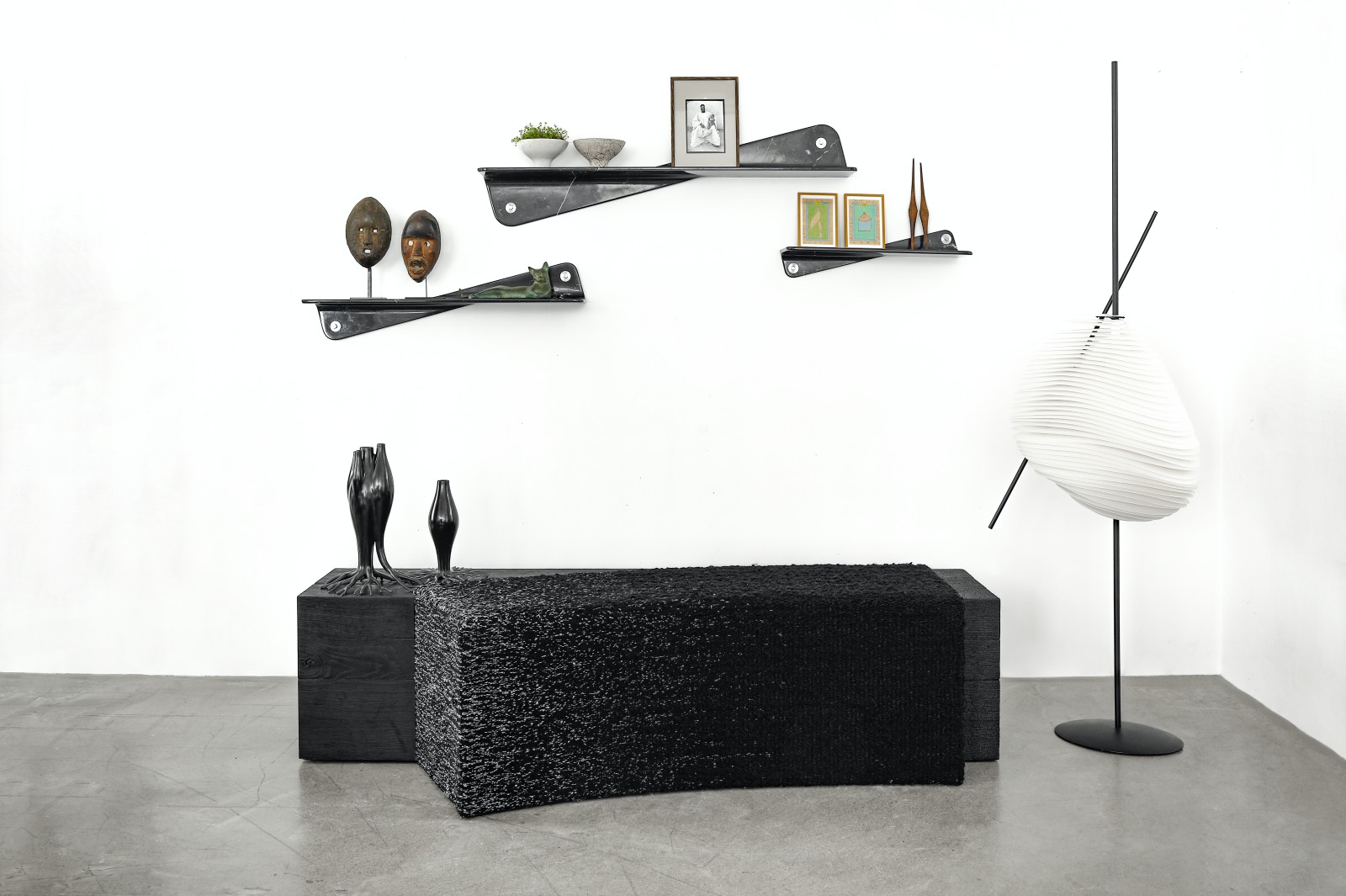
Most people opt for the path of least resistance. But Valérie Maltaverne, a former French film executive who is now a furniture creator, is not most people.
“When people tell me something can’t be done, that’s where I get my motivation from,” explains the co-founder of furniture maker Ymer&Malta as she welcomes us into her stunning three-storey house in Batignolles, within Paris’s 17th arrondissement.
Monochrome minimalism forms the basis of her aesthetic; her inspiration, she says, comes from architects such as the UK’s John Pawson (for his pared-back design) and Japan’s Kengo Kuma (for his focus on natural materials). But her home, framed around a central courtyard containing a Zen Japanese garden, is far from austere. Filled with an array of out-of-this-world furniture-as-art, Maltaverne’s dining table is segmented together with reptile skin-like marquetry, her sitting room is centered around four Victory Seats, hewn from smooth shiny calfskin leather with visible stitching, inspired by boxing gloves. The room is gently lit with luminous bubbles, what she calls a Belle de Jour lamp, an exploration of French linen and porcelain. There is a sense, with each extraordinary piece, of otherworldliness. “My inspiration comes from constantly pushing the boundaries of what can be done with modern furniture design,” says Maltaverne.
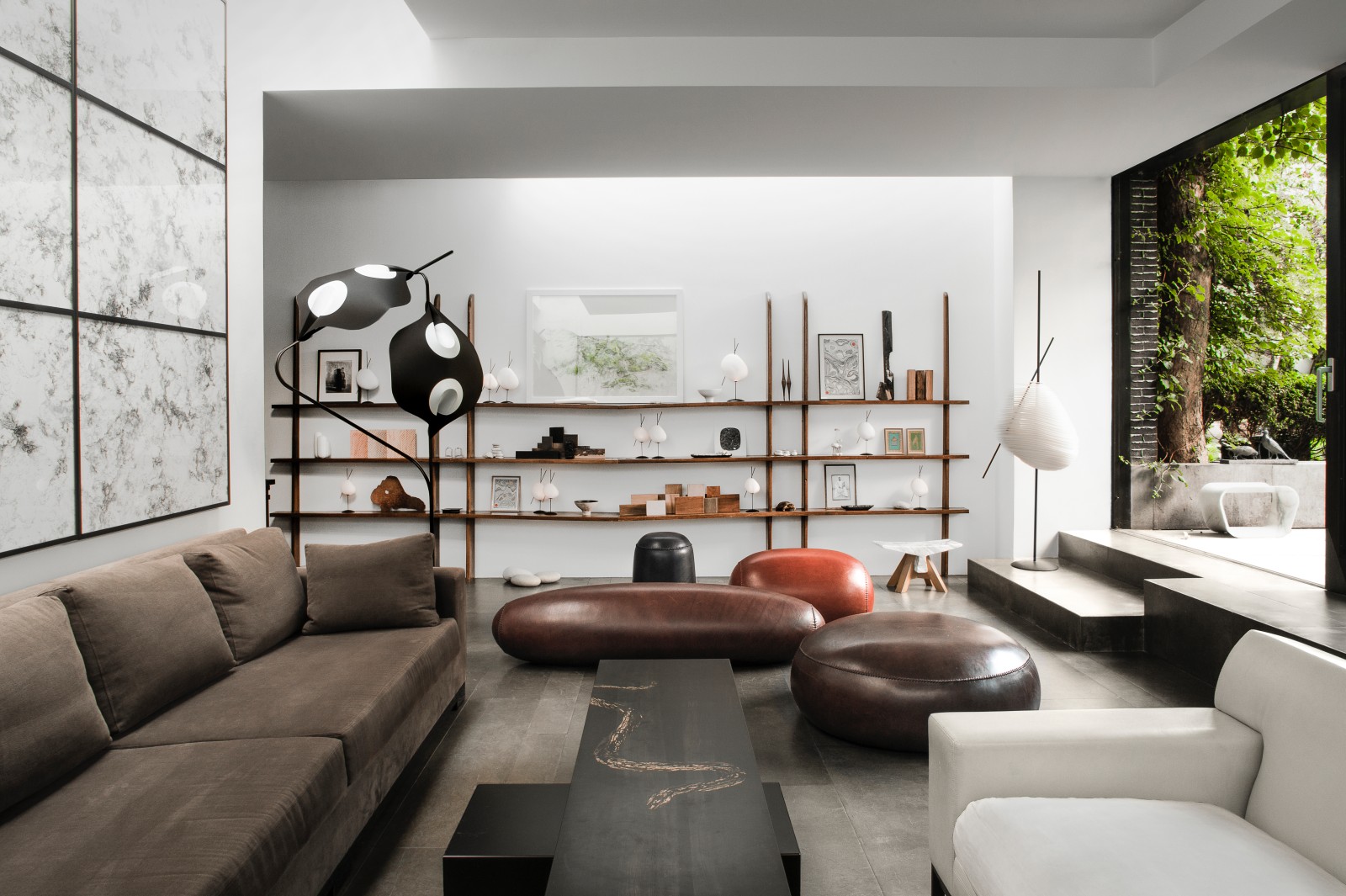
As she takes our coats, the smell of roasting chicken wafts from the oven; the table is thoughtfully laid with bread, butter and fresh flowers for our lunch. Her fluffy cat Siam is curled up on the sofa, barely opening an eye at our arrival. He is clearly used to visitors; the house that Maltaverne shares with her partner and two adult daughters, when they are visiting, doubles as a studio and showroom. “I live with the prototypes, so I refuse to live with anything I don’t absolutely love,” she says. “A Ymer&Malta piece needs to make me fall in love, so they are often very poetic and in tune with nature.”
Maltaverne’s story is unorthodox. A self-taught furniture designer, she co-founded Ymer&Malta in 2009 after working in the film and television industries for years, predominantly in cartooning. After taking some time off to bring up her daughters, she decided to change path. Having always harboured an interest in interiors, she turned her attention to the furniture design sector. The name of her company comes from her one-time partner, Rémy Le Fur (Ymer, spelled backwards), who collaborated on the first piece, a Bone Stool, but after realised he did not have the time to combine it with his auction career.
Maltaverne’s USP? Always make the best of the best, and always work solely with French artisans. “Since the time of Versailles, French makers have been sought after for their skills in decorative arts. We are devoted to French heritage in the same way.” 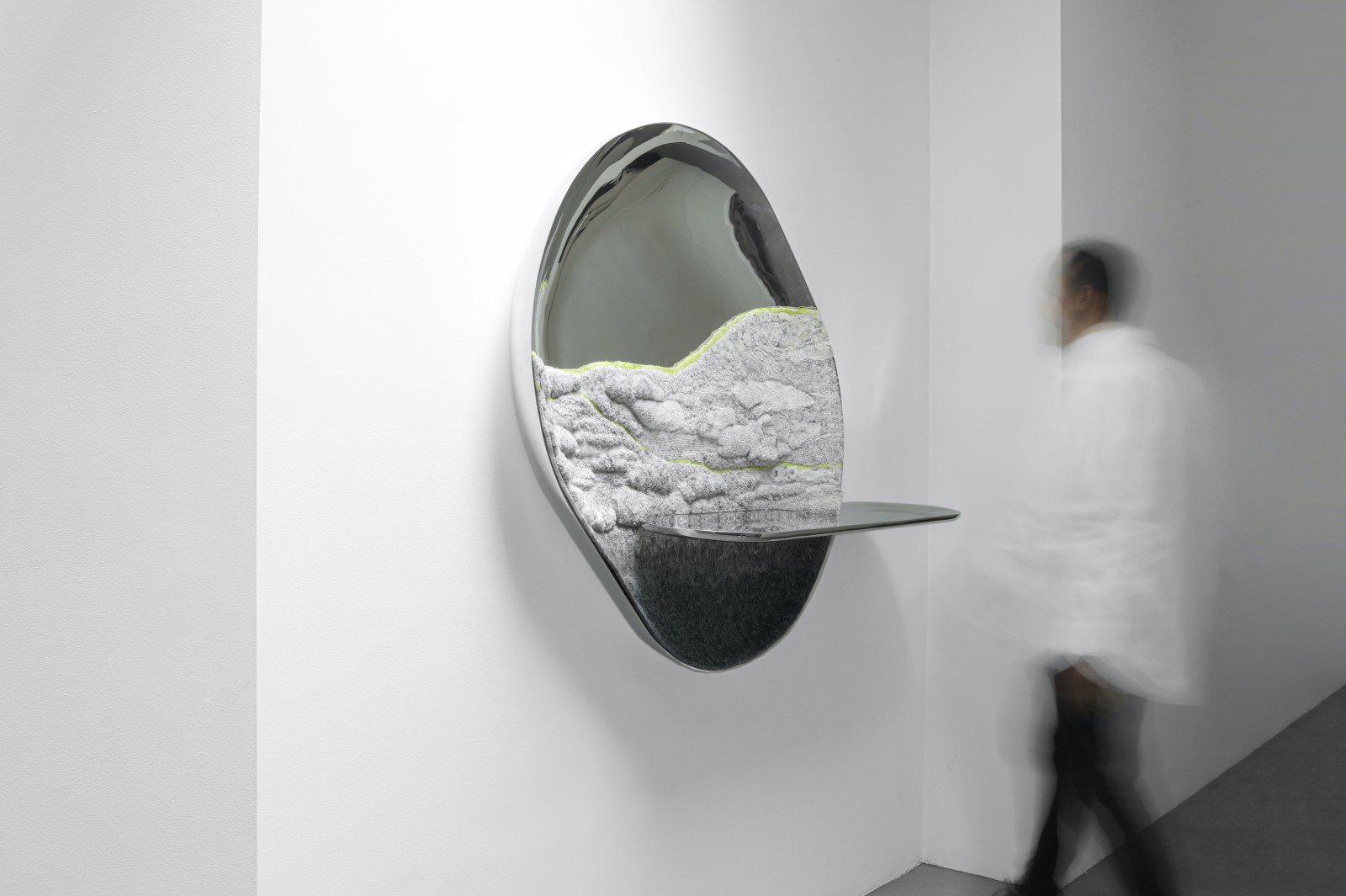
Fourteen years since launch, Maltaverne already has the satisfaction of knowing her name will be written in the history books. She was made a member of the Ordre des Arts et des Lettres in 2020. Sixty-three of her studio’s pieces have been exhibited by museums and 26 have joined the permanent collections of museums, such as the Musée des Arts Décoratifs de Paris (which has the cloudInChest cabinet, a fine piece that resembles a pixelated cloud), while the fallenTree bench is now part of the Villa Albertine’s collections in the US. Ymer&Malta’s objects have also been presented in New York at the Cooper Hewitt Museum and the Noguchi Museum. Ultra-wealthy private collectors are also her audience, with prices ranging from €250 to €250,000 for the very rare editions.
Maltaverne believes her resonance stems from transferring her learnings from the cinema industry to furniture design: a unique combination. “In TV and film, you never give up on a scenario, you figure out a way to make it work creatively. You also work as a team, and the relationship I have with designers and artisans, getting them to take their craft to their next level, involves a lot of exchange and communication. They like working with Ymer&Malta because it allows them to further develop their techniques. But it must resonate with them in their culture.”
She adds that each collection takes a time to create, perhaps even five years of trial and error, such as the collection made using Aubusson tapestry, for which she commissioned a small group of weavers in France’s central Creuse area in 2015. From the first meticulous sketches, they invented new knots, used different colours and materials until they had created a series that resembled a novel art form; including Eau, a rug woven to represent melting snow on the ground; and Ours, a cabinet made from dark bog oak imprinted with a woven façade of two bears, and her favourite, Paysage Polaire Console, a mirrored wall-hung tapestry sculpture. 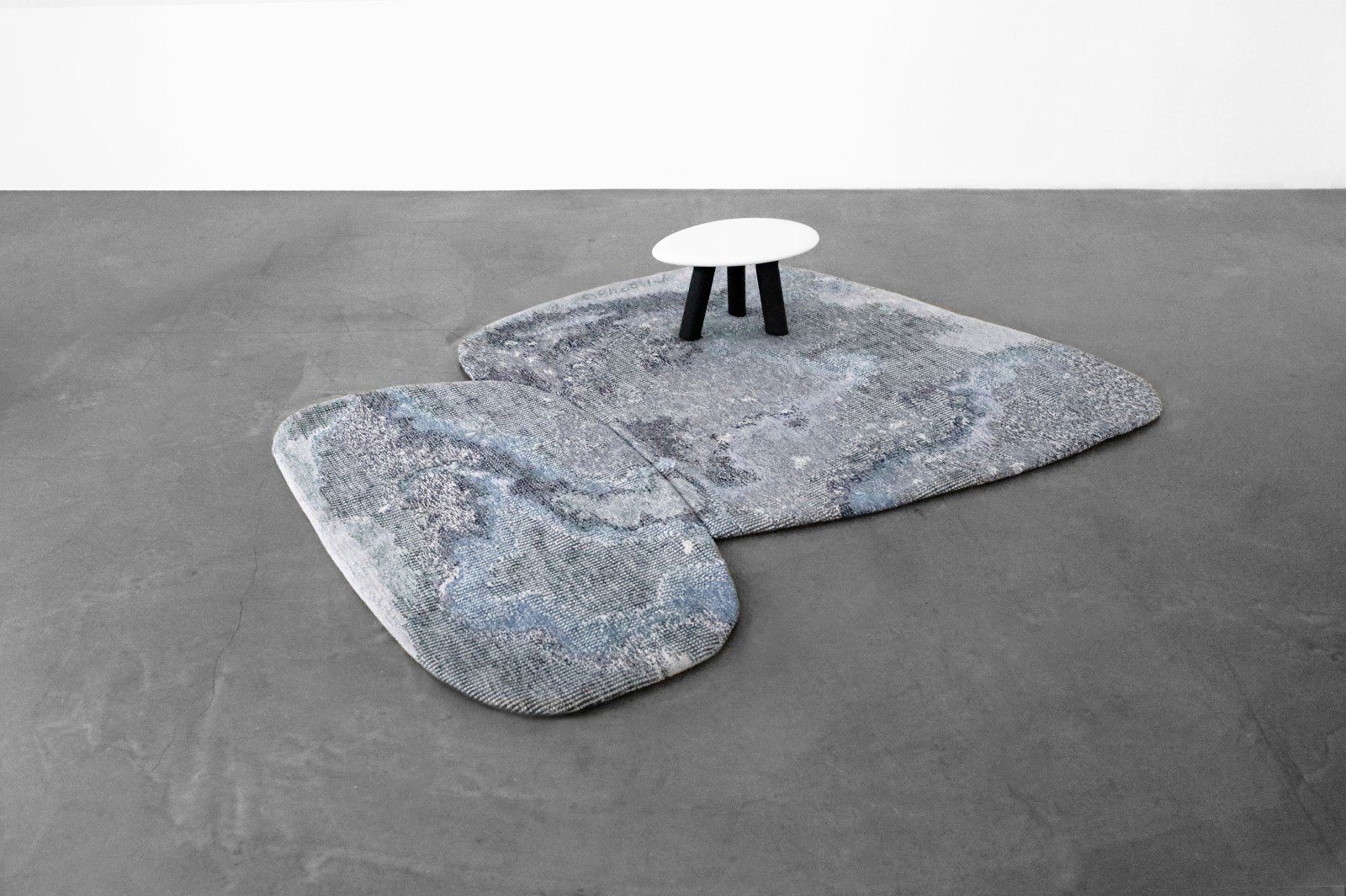
The ambassador for Aubusson approached her with the idea in 2015, in a bid to transform this sleepy, dying French art into high luxury. Bruno Ythier, curator of the Cité Internationale de la Tapisserie and ambassador for Aubusson, says her studio “takes relationships with the artisans to another level. Traditionally an artist who has a tapestry made, works with one or two samples and doesn’t intervene until the finished product comes off the loom…Valérie stays in touch with the artisan… weaving doesn’t start until they are both on the same page”, he says, adding that Maltaverne’s sampling process alone can require as many as 20 samples.
“She pushed the weavers to their limits, forcing them to imagine other textures,” adds his colleague, Emmanuel Gérard. “They were somewhat taken aback at first, but they adapted and enjoyed the process of innovation.”
Besides the successful tapestry collection, Maltaverne took her approach to other art professions, including marble, marquetry, leather, wood, paper, resin and linen, in total 10 collections in a limited edition of 5 to 12 pieces. Her next step is to work in glass and bronze, she says.
Her tireless pursuit of perfection results in ground-breaking innovations; her success lies in combining an intimate respect for these craft traditions — and the art of living that they represent — with a creative desire to see them evolve.
Maltaverne says: “This is not furniture for furniture’s sake. We create pieces that are exceptional to touch and look at.”



